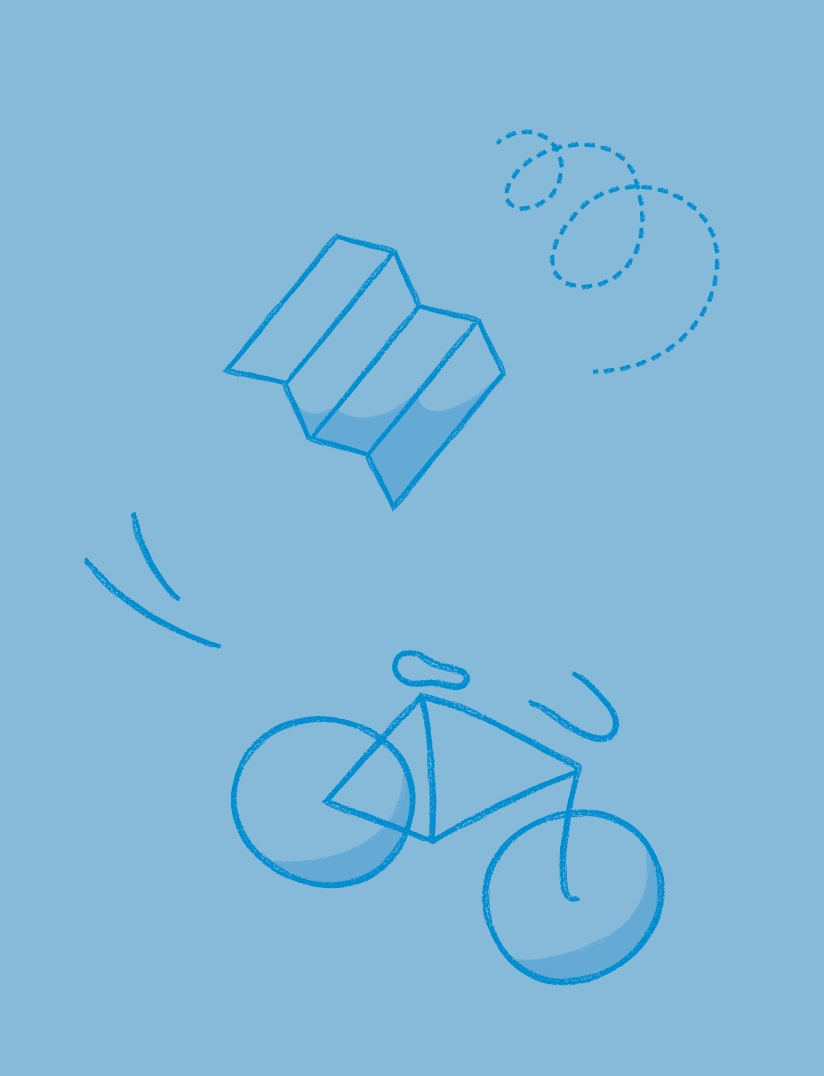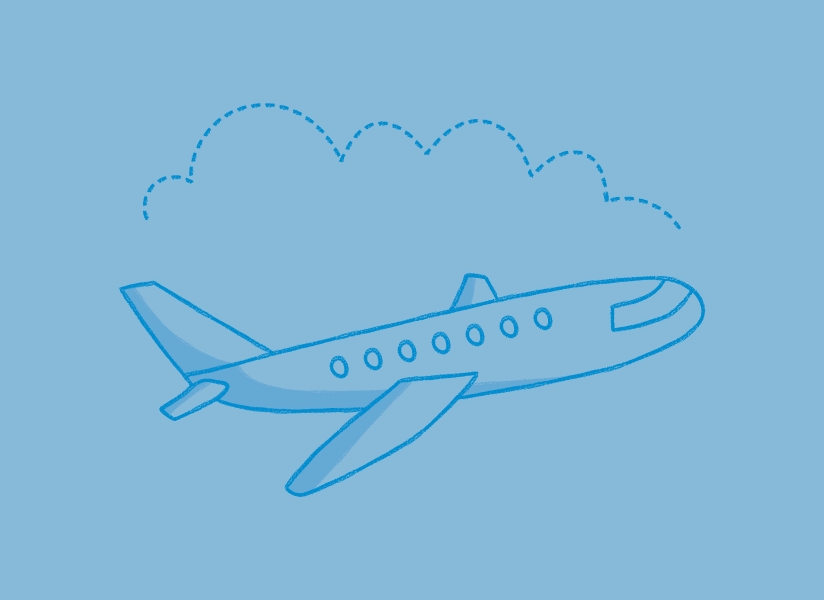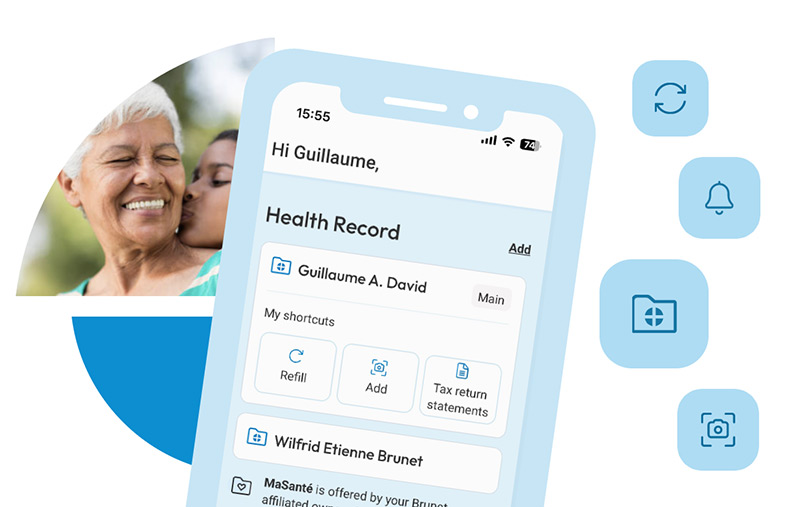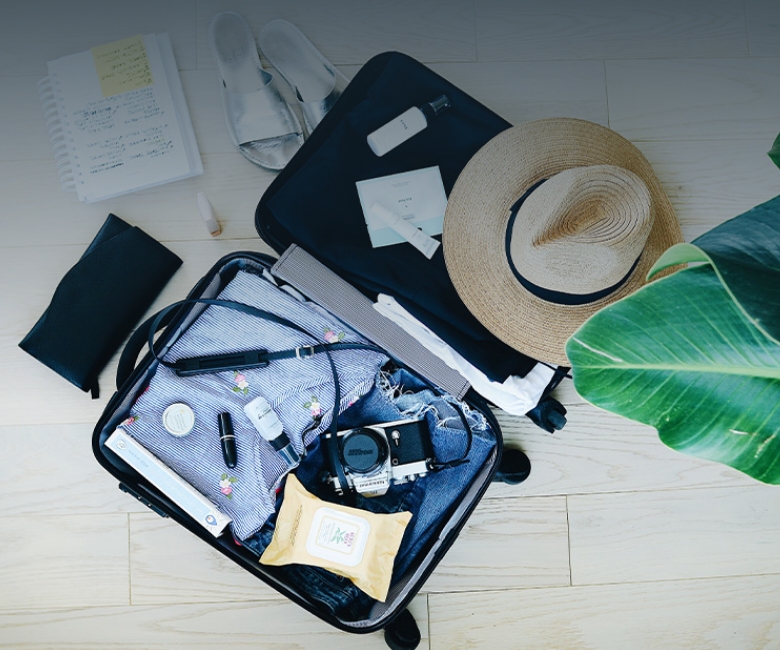You spend a lot time planning every aspect of a trip. Doing some travel health planning before you leave is just as important to avoid surprises during your trip. Discover how your pharmacist owner affiliated to Brunet can help.

Your first stop for travel health is Brunet
Prevention of malaria, treatment of traveller's diarrhea, shots, COVID-19 screening tests, motion sickness, travel health kit... Some treatments must be started days or weeks before departure, which is why it is important to consult a healthcare professional six to eight weeks prior to your trip. Talking to your pharmacist or a travel health professional can help ascertain health risks that are specific to your destination or health, or that might stem from how you store and take your medication.
Book an appointment in a pharmacy affiliated to Brunet to get everything you need before leaving in one stop.
Prior to departure

Numerous destinations expose travellers to various types of health risks, for which your pharmacist can prescribe a curative or preventive treatment, under certain conditions.
Also, contact your personal insurance provider about the health conditions covered by your insurance policy and what to do if you experience any problems abroad.
En route

It’s the day of your departure! Car, bus, train, plain, boat: while most people find these multiple means of transportation exciting, they can also prove unpleasant for some. Fortunately, most of the discomforts experienced during travel are easily preventable or treatable.
While abroad

You’ve arrived at your destination. Keep in mind that some activities you perform routinely back home might disagree with you while travelling.
Here are some tips to prevent unpleasant experiences your new environment might trigger.
Other useful information
Country Fact Sheets
Depending on the area visited, contracting a virus or bacterium can not only ruin your trip, but also have significant consequences on your well-being. Find out more thanks to our country fact sheet lookup tool.
Did you find this information interesting?
Subscribe to our newsletter to receive health content like this every week.
A few more tips to pack up

Podcast - Exotic trip: all-inclusive health
In French
Open your ears for this episode of the MaSanté sans tabous podcast: Annie-Soleil Proteau and David Gauthier, pharmacist owner affiliated to Brunet, talk about transportation of prescription drugs, travel essentials and vaccines.
14 : 30

Renew and pay wherever you want, whenever you want
Keep your health at your fingertips: manage your prescriptions and those of your loved ones with the Brunet MaSanté app. Discover it here!


